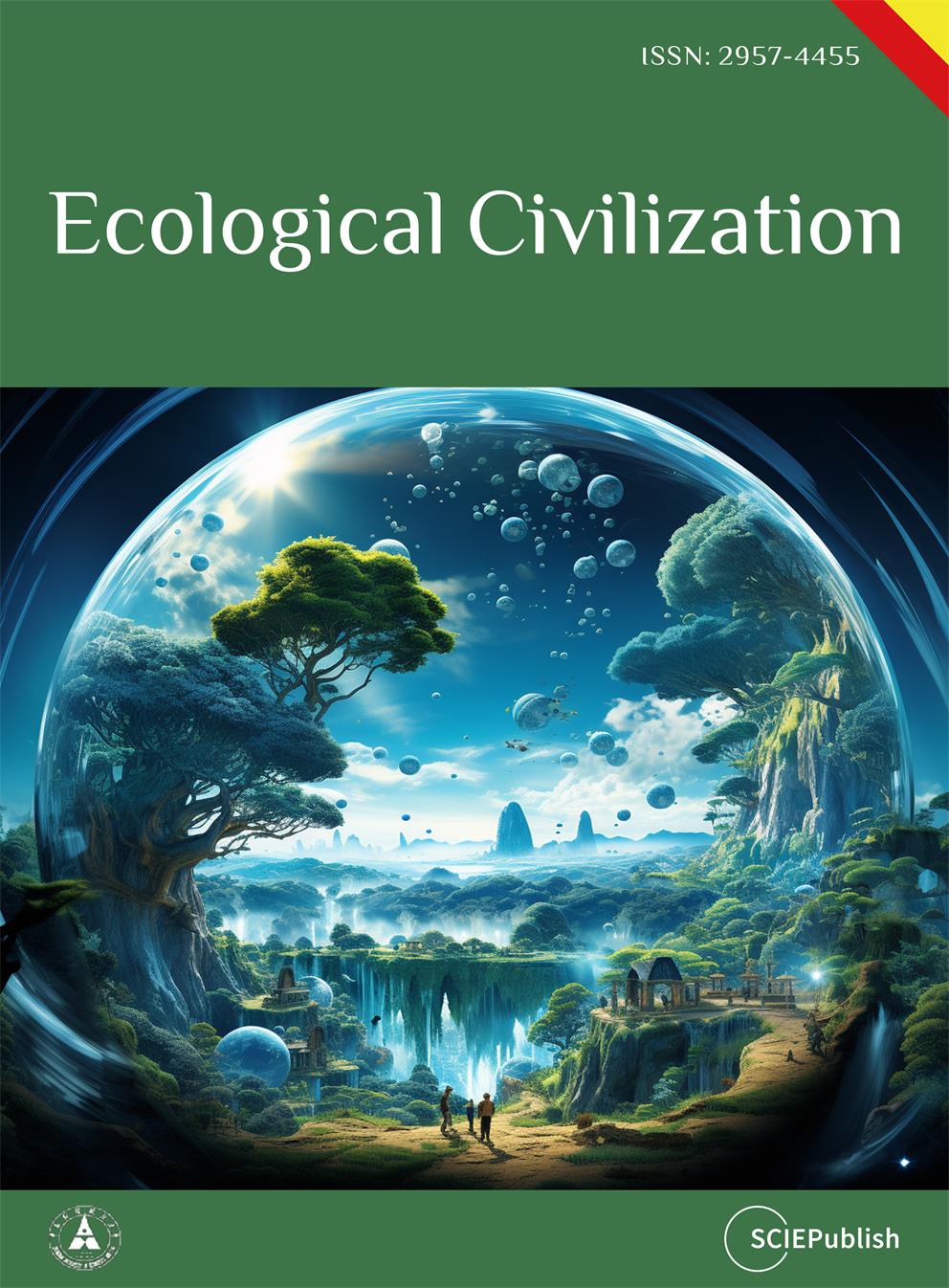In the operation management of hydropower stations, uneven scheduling often leads to issues such as resource wastage and unequal energy distribution; big data technology offers a new approach for optimizing the scheduling of hydropower stations in the information era. Taking the X Hydropower Station Group as a case study, this paper explores data acquisition, cleaning, clustering analysis, and the formulation of seasonal scheduling strategies to enhance the efficient utilization of hydropower resources and ensure the stable operation of the power grid. K-means clustering analysis is applied to explore typical output curves of cascaded hydropower stations, revealing the relationships between water levels, inflow rates, and load rates. Furthermore, a grey prediction model is developed to forecast future load rates, providing robust data support for short-term operational scheduling plans. The research not only improves monitoring and decision-support capabilities but also enhances the adaptability and response speed to seasonal changes, ensuring the stability and reliability of the power supply.

Today’s society has gradually entered an aging phase, and among the elderly population, the risk of chronic kidney disease (CKD) is significantly increased. Renal fibrosis is the key pathological mechanism for the development of chronic kidney disease to end-stage renal disease. With the increase in age, the phenomenon of glomerular sclerosis and interstitial fibrosis in aging kidneys gradually aggravates, and the glomerular filtration rate (GFR) decreases, further affecting renal function. Fibrosis not only accelerates the loss of renal function but also significantly increases the risk of cardiovascular disease, which seriously affects the quality of life and life expectancy of patients. This paper reviews the relevant literature and discusses the characteristics of an aging kidney and the diagnostic methods for renal fibrosis.

This cross-sectional study examined the associations between affective and cognitive empathy, resource control strategies (RCS), resource control success, and social dominance in preschool children, within the framework of resource control theory. Ninety-two children (ages 4–5) completed assessments of empathy, while teachers rated their prosocial and aggressive behaviors, prosocial and coercive RCS, resource control success, and social dominance. Hierarchical regression analyses indicated that prosocial resource control strategies uniquely predicted children’s resource control success, whereas social dominance, examined as a distinct social status outcome, was explained by a combination of prosocial and coercive strategies, general prosocial behavior, and resource control success. Affective empathy was positively related to both types of RCS, while cognitive empathy moderated the link between affective empathy and coercive RCS. These findings highlight the dual potential of empathy in early peer relations, suggesting that empathy may facilitate both cooperative and coercive tactics in the pursuit of social influence. The findings also underscore the need to distinguish between behavioral strategies, their effectiveness, and broader social status outcomes when examining early social dominance. Implications for interventions that cultivate constructive applications of empathy are discussed.

The debate surrounding Rights of Nature has been ongoing for some time, with many different concepts being put forward. Some consider them to be extremely effective, others useless or even counterproductive. The paper begins by summarising the complex debate and presents different approaches to categorising the debate. Based on those approaches, simplified categories for the various concepts for Rights of Nature are proposed: animal rights, rights for nature as a whole, and rights for non-animal natural entities, with a possible further distinction between rights for ecosystems and other natural entities. Subsequently, the paper goes on to study the effect of legally recognising Rights of Nature and finds that in South America, nations that recognise Rights of Nature perform slightly better in terms of Ecosystem Vitality and public awareness of environmental risks. While further research is needed, those results indicate that Rights of Nature may be a modest catalyst for conservation efforts.

Marine renewable energy systems, particularly offshore wind and photovoltaic (PV) installations, generate large volumes of heterogeneous maintenance texts. However, the resulting knowledge remains fragmented due to dispersed sources, diverse formats, and domain-specific terminology. To address these challenges, this study proposes a large-scale language model assisted methodology for constructing a multi-source heterogeneous knowledge graph for intelligent operation and maintenance (O&M). The method integrates unified document preprocessing, domain-oriented prompt engineering, large-scale language model–based entity and relation extraction, and multi-level entity normalization. It systematically transforms unstructured documents (e.g., standards, procedures, manuals, inspection records, and environmental reports) into structured triples, enabling the construction of a dynamically evolving O&M knowledge graph. A rigorous ablation study on real-world offshore wind and PV datasets demonstrates that the proposed workflow exhibits exceptional robustness against OCR noise (e.g., scanned artifacts, stamps, and signatures) and substantially improves extraction volume, accuracy, and coverage compared with traditional methods. In particular, combining high-quality preprocessing and optimized prompts yields the most reliable and semantically coherent results. The study provides a practical technical pathway for automated knowledge management in marine renewable energy and offers a foundation for future applications in intelligent diagnostics, predictive maintenance, and digital-twin systems.
